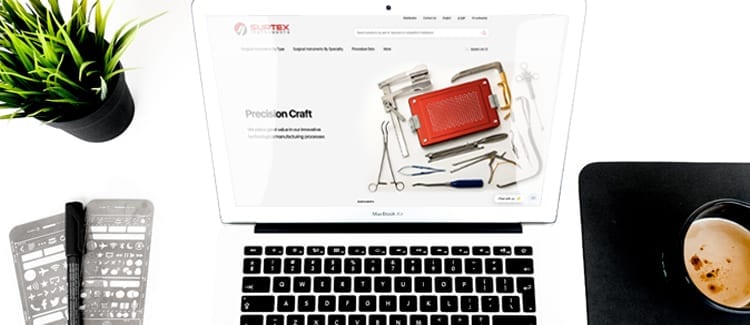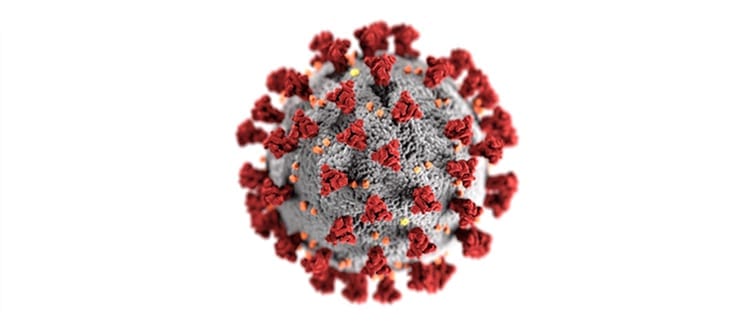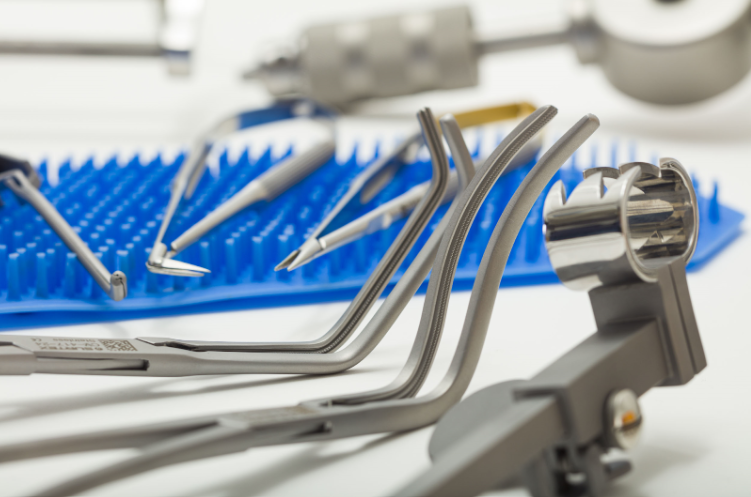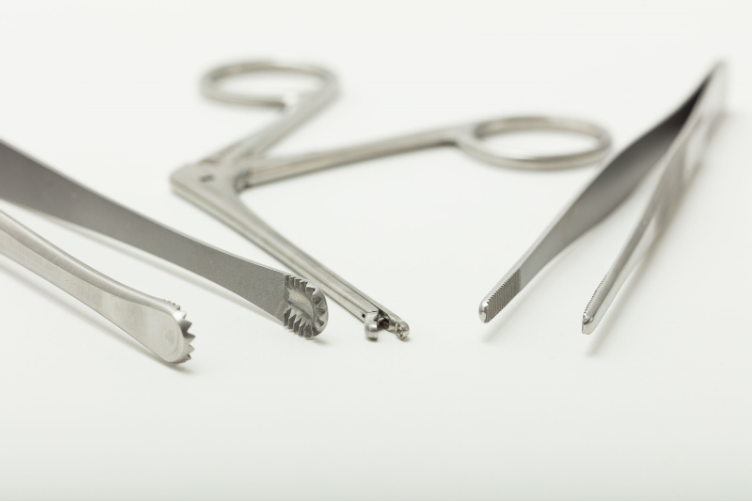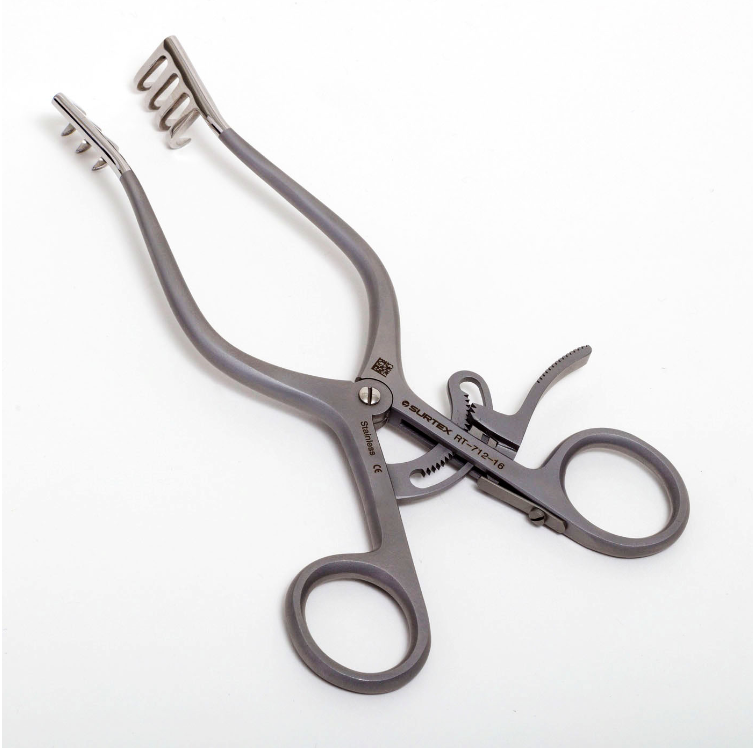Basic Ear Set
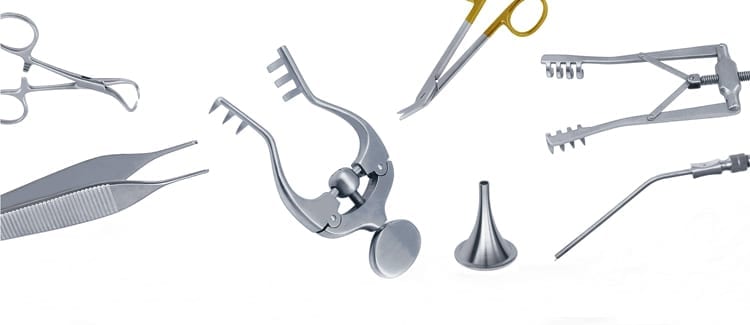
Otology is the medical specialty that deals with the disease conditions of the ear. The ear consists of three consecutive cavities from outside to inside, that are responsible for the sense of hearing. The outer ear consists of the ear pinna and the external auditory canal. The canal is an air-filled tube that conducts the sound vibrations to the ear drum. The middle ear cavity is a six-sided box with that is bounded laterally by the tympanic membrane and medially by the labyrinth of the inner ear. It is connected to the nasal cavity by the Eustachian tube. It contains three intricate and articulating bones known as the auditory ossicles, which are the malleus, incus, and stapes (hammer, anvil, and stirrup). The inner ear contains the cochlea which is responsible for hearing and the labyrinth that is responsible for the sense of balance.
Diseases of the ear include hearing loss due to conductive defects, foreign body impactions in the external ear, infections such as otitis media, ear pain and tinnitus. Surtex Instruments manufacture the diverse instruments of the Basic Ear Set to enable and assist otologists in delivering superior diagnostic and therapeutic procedures to properly manage this wide range of diseases.
The set includes 3 models of the Hartmann Ear Specula. They are streamlined cone-shaped devices that facilitate the examination of the external ear canal. Each speculum can be attached to an otoscope to obtain proper lighting and magnification, and has a converging cylindrical tip that can be gently inserted into the external ear canal. In adults, the otolaryngologist straightens the canal by pulling the pinna backwards, laterally and upwards, and in children, the ear pinna should be pulled backwards, laterally and downwards.
Upon dilating the ear canal, thick ear wax may obscure the operator’s vision and decrease their precision. The otolaryngologist can remove this ear wax, or cerumen, using one of two profiles of Buck Ear Curettes. These devices are also used to debride and excise tissues as part of a biopsies or cleaning procedures in ear pathologies. Frazier Suction Tubes are also added to facilitate irrigation during cleaning procedures of the external auditory meatus. These tubes feature a dexterous thumb-interruption feature that enables proper control of the start and end of suctioning.
Jansen Ear Forceps are bayonet-shaped flat-handle devices used by otolaryngologists for aural procedures, such as packing and removal of foreign bodies. The serrations on the handles offer a more competent grip for the operator, and the bayonet-shaped shafts are designed to give a more direct line of vision to the blades. The serrated jaws of the forceps are ideal for securely handling a wide range of materials
We also manufacture a range of surgical instruments for the open surgical procedures in the ear, Weitlaner Retractors and the blunt Jansen Retractors are optimal tools to maintain self-retained retractions of wound edges, thus freeing the operator’s hands to more important manipulations. Our Langenbeck retractors can also be used to retract soft tissues and wound edges in order to visualize deeper structures, in addition to the Allport Wound Spreader which has 4 x 4 Sharp Prongs. The Freer Septum Elevator is a long slender instrument that can be used for periosteal elevation in bony procedures. It is used in myringoplasty operations to separate the temporalis fascia. The elevator consists of a central holding shaft and two curved flat blades, where one end is sharp and the other end is blunt to fit a wide range of surgical manipulations.
Good hemostasis is essential for clarity of the surgical field to deliver a proper surgical technique. Therefore, we included several hemostatic forceps such as the straight Halsted-Mosquito Haemostatic Forceps and the Kely Haemostatic Forceps.
If dissections are needed of small ear structures, curved Strabismus scissors can be used to trim fine tissues and provide a superior solution in delicate cutting manipulations for ENT surgeries. Several finely designed dissecting scissors are also included for firmer cutting and trimming. These include the curved UltraCut™ TC Mayo Dissecting Scissor and the UltraCut™ TC Metzenbaum-Fine Dissecting Scissors, which feature resilient performance with reinforced tungsten carbide materials.
Versatile surgical tools are also included, such as the Allis Intestinal and Tissue grasping forceps which can be used to hold and place gauze materials in packing procedures and stopping bleeders, and the Backhaus Towel Clamps which are used for grasping tissues, towels or drapes and mobilizing bone fractures.
Join our newsletter
Specify the advantages, benefits of joining the newsletter, setting the spam rate.
